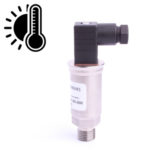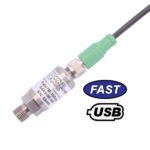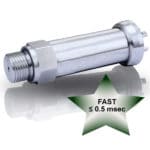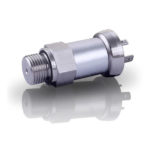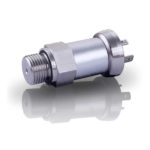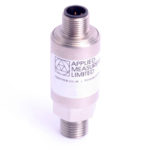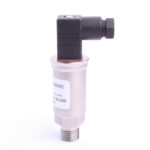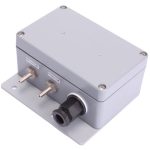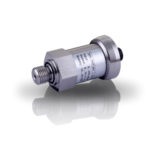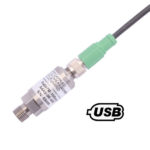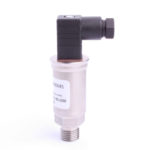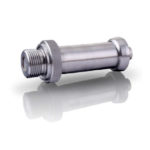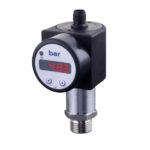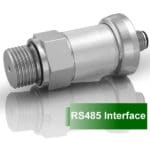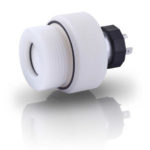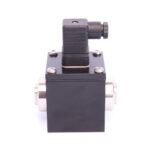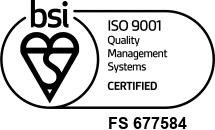Vacuum pressure ranges covered are 0 to -0.25mbar up to 0 to -1bar.
Compound pressure ranges covered are -0.25 to +0.25mbar up to -1 to +700bar.
Our flexible vacuum pressure sensors can be supplied with output signals including mV/V, 0.5-4.5Vdc (ratiometric), 0-5Vdc, 0-10Vdc and 4-20mA depending on the model chosen, with customised outputs available on request. So you can have a pressure sensor tailored to your applications.
All vacuum pressure sensor models can be supplied with digital display and indicators, signal digitisers, telemetry systems, data loggers and acquisition equipment. Calibration traceable to UKAS standards is available on all vacuum pressure sensors and systems.
What is Vacuum Pressure (also known as Negative Pressure)?
Vacuum pressure can be measured either as a negative pressure when referenced to the current atmospheric pressure, or as an absolute pressure when compared to a theoretical perfect vacuum. Vacuum occurs when the absolute pressure inside a system is lower than the atmospheric pressure outside.
Vacuum quality is described using a number of different terms depending on its purity. These terms include ‘low vacuum’, ‘medium vacuum’, ‘high vacuum’ and ‘ultra-high vacuum’. You can read a comprehensive description of vacuum on Wikipedia.


